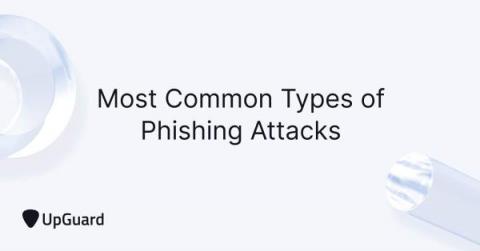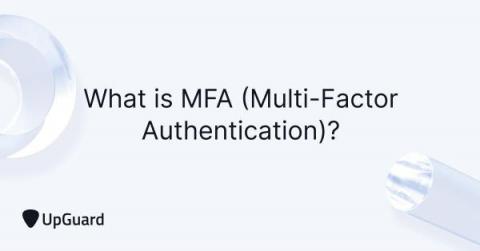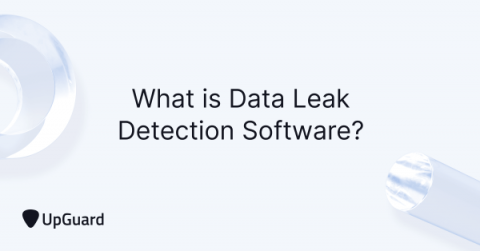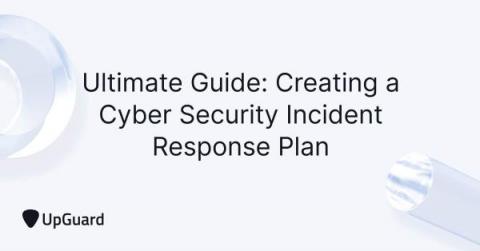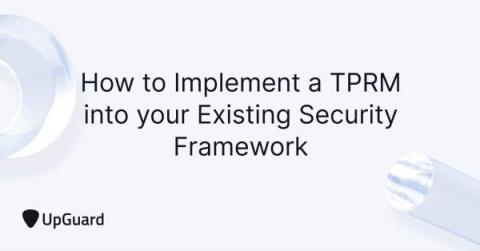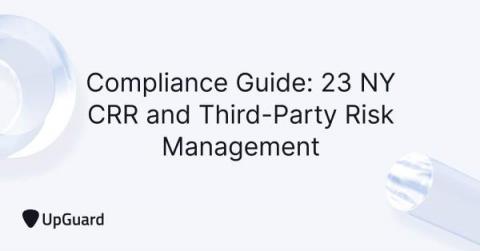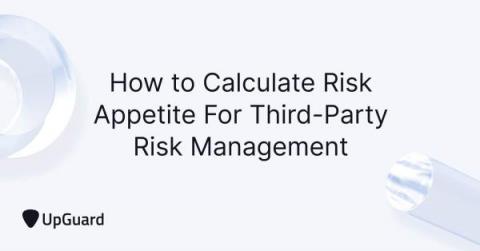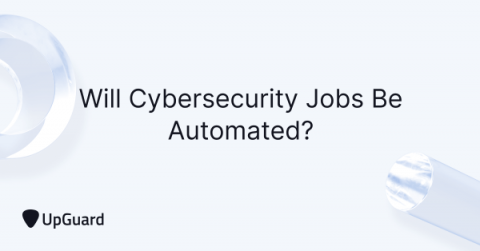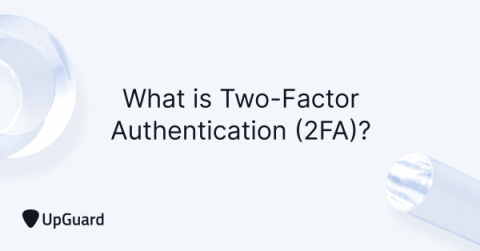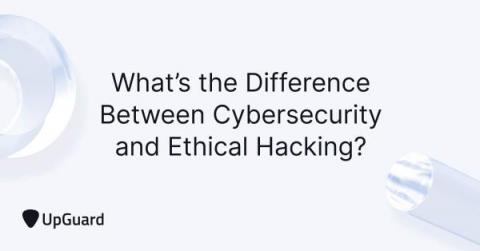19 Most Common Types of Phishing Attacks in 2022
Phishing attacks make up over 90% of all data breaches (according to Cisco's 2021 Cybersecurity Threat Trends Report), far outnumbering malware and ransomware attacks, affecting millions of users yearly. The main issue with phishing attacks is that users and organizations are poorly trained to identify them. Even with the latest security protocols and software in place, it's impossible to fully protect against cyber threats without proper security awareness training.


